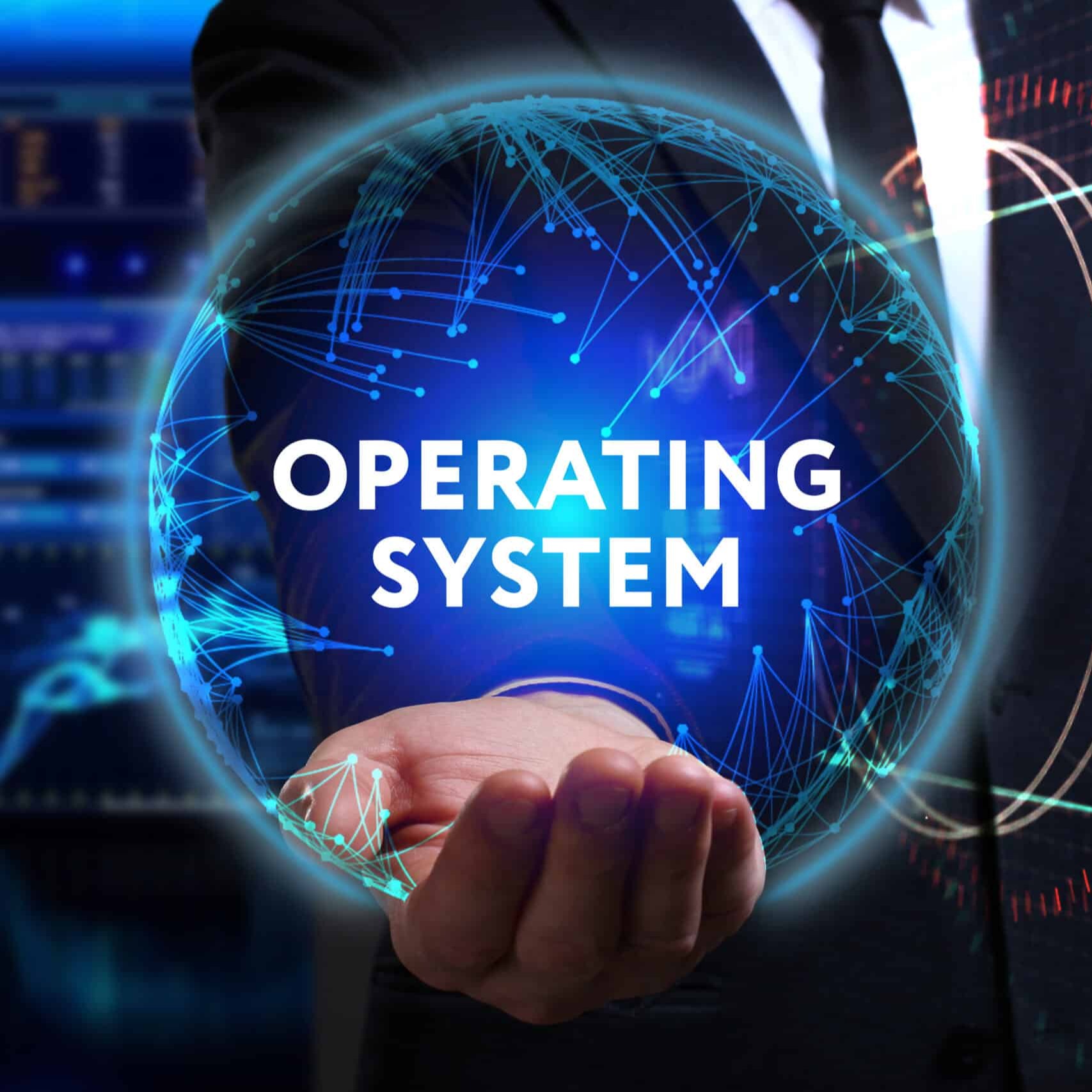Introduction to Operating System - Day 2
 Khushal Kapate
Khushal Kapate
An operating system is system software that acts as an intermediary between hardware and software, helping users operate a computer. In simple terms, when a user uses the keyboard and mouse, the operating system transfers these requests to the software to process the commands, allowing the user to interact with the computer. The main component of the operating system responsible for everything is the 'Kernel.' The kernel is the heart of the operating system, controlling everything, and without it, we can't do anything.
At its core, an operating system is software that manages your computer’s hardware and software resources. Think of it as the middleman between your computer’s hardware (like the CPU, memory, and storage) and the applications you use. Popular operating systems include Microsoft Windows, macOS, Linux, and Android. Each one offers a unique user experience and caters to different needs.
Key Functions of an Operating System
Resource Management: The OS handles and allocates resources such as CPU time, memory space, and storage. It ensures that different applications and processes do not interfere with each other and that your computer runs smoothly.
User Interface: The OS provides a user interface (UI) that allows you to interact with your computer. This could be a graphical user interface (GUI), like Windows and macOS, or a command-line interface (CLI), like many Linux distributions.
File Management: Your OS organizes, stores, and retrieves files on your hard drive or SSD. It maintains the file system and ensures that your data is structured and easily accessible.
Security: Operating systems implement security measures to protect your computer from unauthorized access and threats. They manage user accounts, passwords, and permissions to keep your data safe.
Device Management: The OS manages hardware devices connected to your computer, such as printers, scanners, and external drives. It provides drivers and facilitates communication between your hardware and software.
Why Your Choice of OS Matters
The choice of an operating system can significantly affect your computing experience. For example:
Windows is widely used for its compatibility with a vast range of applications and games.
macOS is favored for its sleek design and seamless integration with other Apple products.
Linux offers flexibility and customization, making it popular among developers and tech enthusiasts.
Android powers most smartphones and tablets, offering a customizable and user-friendly experience.
Conclusion
Understanding operating systems can empower you to make informed decisions about your computing needs and enhance your overall experience. Whether you’re selecting a new device or troubleshooting issues, knowing how your OS works and what it does is key to a smoother, more efficient tech journey.
Stay tuned for more in-depth posts on specific operating systems, tips for optimizing performance, and troubleshooting common issues. Until next time, happy computing!
Subscribe to my newsletter
Read articles from Khushal Kapate directly inside your inbox. Subscribe to the newsletter, and don't miss out.
Written by
